The eternal puppy; that’s what teacup breeds represent to most people. An itty-bitty dog that fits into a teacup. While undoubtedly adorable (check your favorite social media feeds), considering owning one of these miniature canines comes at a steep price.
Defining “Teacup”
Unlike toy breeds, the AKC neither recognizes nor condones teacup breeds. This is because teacup breeds come in AT LEAST one pound less than the approved weights for the breeds they come from. The breeding practices that result in a dog that balances on the palm of your hand are often suspect. This is why the AKC – and most breed clubs – take a step back and shake their heads.
“The terms ‘imperial’ or “tiny teacup’ should be regarded for what they really are – a MYTH often used by unethical breeders to create a market for dogs that do not conform to the breed standard.”
~American Shih Tzu Club
The Dark Truth of Itty-Bitty Breeding
Teacup breeds don’t happen “naturally.” Instead, they result when a “runt” turns up in a litter in a smaller dog breed. According to Dr. Cathy Meeks – an internal medicine specialist at BluePearl Veterinary Partners in Tampa – breeders pair two “runts” to establish a line of the smallest dogs possible. This may require inbreeding, depending on availability in a breeder’s lines. No one denies the results are adorable, but those cute faces hide a host of health problems.
“Health risks for these tiny dogs are significant. This is not a natural breeding situation. It is an unnatural practice by breeders looking for a marketing edge.”
~Judy Morgan, DVM, CVA, CVCP, CVFT
The smallest members of litters often suffer from medical conditions, to begin with. Combine two, and their puppies lose the genetic lottery. Teacup breeds fall victim to the following:
- Collapsing trachea
- Dental issues
- Heart defects
- Hydrocephalus
- Hypoglycemia
- Liver shunts
- Luxating patellas
- Seizures
Teacup Breed Costs
The word “teacup” adds to the cost of a dog’s price. Ethical breeders don’t engage in the practice of pairing smaller, slower members of litters together. If people show interest in the straggler, they often require a strict spay/neuter contract.
Unethical breeders, on the other hand…
The majority of teacup breeds come from puppy mills. They result from inbred lines. All in the name of marketing. Teacup breeds rarely weigh more than a few pounds as adults, but a puppy can cost upwards of $2,000!
Advertising promises the smaller size will save on costs, but that slick marketing runs false. The veterinary costs for health problems run higher than your initial investment:
- A liver shunt can quickly run $6,000, and there’s no discount based on a dog’s size
- To balance the high energy demands of your teacup breed, you need to feed your bitty canine at least FIVE TIMES a day to prevent hypoglycemia. This means you’re still buying the same amount of dog food as an ordinary dog
You won’t need acres of yardage for your eternal-puppy to run in. That much is true, but when it comes to “saving on costs,” don’t buy into the hype.
Playing it Safe
If you have your heart set on a teacup breed, the need for research and homework is crucial. You’re taking on a lot of responsibility. You need A LOT of time; tiny digestive systems mean more frequent walks. You cannot lose sight of that bitty canine for an instant – tragedy can result.
And you want the sturdiest genetics. Finding a reputable breeder is easier than you think:
- Meet the breeder: No online transactions – that’s suspicious. You want to see the facilities and check them for cleanliness. Make sure the dogs react positively toward the breeder – not like they’re a stranger.
- Ask questions: Forget “20 Questions” – you should have 200. The breeder shouldn’t get annoyed. In fact, they should ask YOU questions. (And “Can you stop?” isn’t one of them) They need to stay positive and feel reassured YOU’LL make a good owner.
- See the parents: Healthy, happy parents make for happy, healthy puppies.
- Get a medical report card: You want the certifications, vaccinations, AND confirm everyone sees a vet you can verify exists.
The AKC provides two programs that’ll ease some concerns when searching for your teacup breed:
- Breeder of Merit: Breeders maintain breed standards (so you may not find a teacup) and provide well-socialized puppies.
- Bred with H.E.A.R.T Program: Breeders undergo continuing education, and their dogs meet specific health standards.
Most Common Teacup Breeds
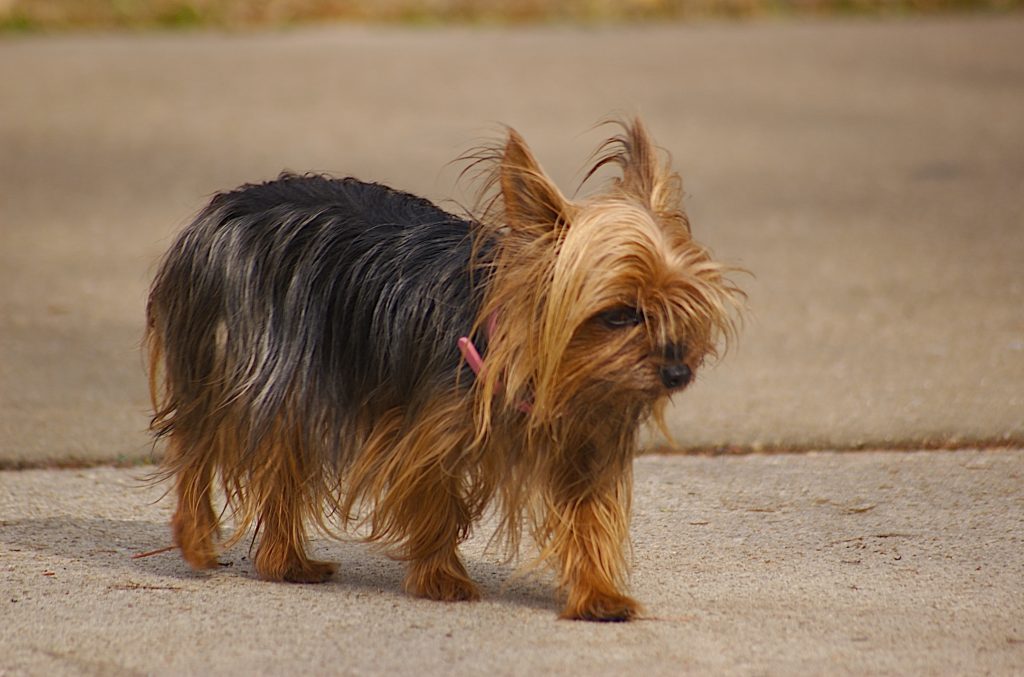
There are a number of common teacup breeds out there. The ones you see represented the most in social media include:
They’re the tiniest of their standard breed, yet they retain all of the characteristics of their larger cousins. This means you need to consider the health concerns of a Pug, compounded with a teacup breed’s problems. You might be taking on a lot.
Teacup breeds don’t live as long as their larger counterparts. The average is around 15 years. That’s almost ten years LESS than the average Chihuahua. It’s something to keep in mind.
More Unusual Teacup Breeds
People can’t get enough of adorable teacup breeds. And if you have your heart set on bringing one of these tiny dogs into your life, you may want to consider one of the less common breeds out there.
Mixed Teacup Breeds
In general, when you combine two breeds into one, you get a sturdier dog. A mixed-breed retains traits from both of the original stock. These teacup breeds may not be AS tiny as some, but they’re still utterly adorable.

Yorkie-Poo 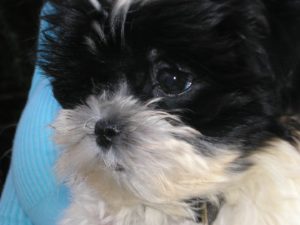
Maltipoo 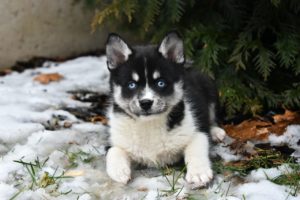
Pomsky
- Maltipoo: Maltipoos resulted from combining the Toy Poodle with the Teacup Maltese. The result was a fluffy little dog with a bundle of energy and a lot of smarts. Of course, you still get the hypoallergenic lack of shedding you might crave but in a five-pound package. Just don’t leave them on their own, and prepare for a lot of barking.
- Pomsky: A relatively new mixed-breed, Pomskies came from crossing a Siberian Husky with a Pomeranian. There’s a lot of, um, difference in those two parental sizes, so all Pomskies come from artificial insemination. (Which means extra costs) You can’t beat the charm of all that fluff, but be ready for A LOT of shedding. Oh, and for some serenading. These dogs have a WIDE vocal repertoire.
- Yorkie-Poo: Yes, the Toy Poodle makes another parental appearance. This time, they were crossed with the Yorkshire Terrier. Happy-go-lucky little dogs, Yorkie-Poos go down to three pounds in size. They have quite the bark, so be prepared. However, they don’t require a lot of activity.
Regal Teacup Breeds
The teacup size may be new to the scene, but these breeds date back to ancient history. They rested on the laps of kings, emperors, and queens. Nowadays, they only need a tiny amount of your knee to stay comfortable.
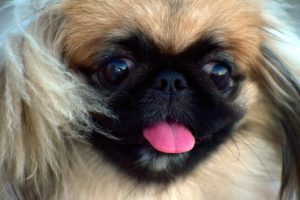
Pekingese 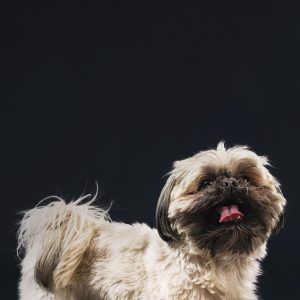
Shih-Tzu
- Teacup Pekingese: The Pekingese breed dates back to the 8th century! And while you may be able to balance this teacup breed on your hands, their personality didn’t shrink the slightest. They still expect the same royal treatment they enjoyed with the Chinese nobility. And there’s A LOT of hair to keep up with!
- Teacup Shih Tzu: The Shih Tzu was the lion dog in ancient China, and there were even laws established to protect them. Despite their fluffy appearance, they’re quite muscular underneath. Be careful with your teacup variety, though, as they’ll run out of steam faster than the larger sizes.
Genuine Teacup Breed
What if I told you a breed of dog existed that rarely gets above three pounds, yet DOESN’T go through crazy inbreeding? That’s right, a genuine teacup breed. It just recently made the AKC list in the toy group. It’s not quite as popular, but it IS delightful!
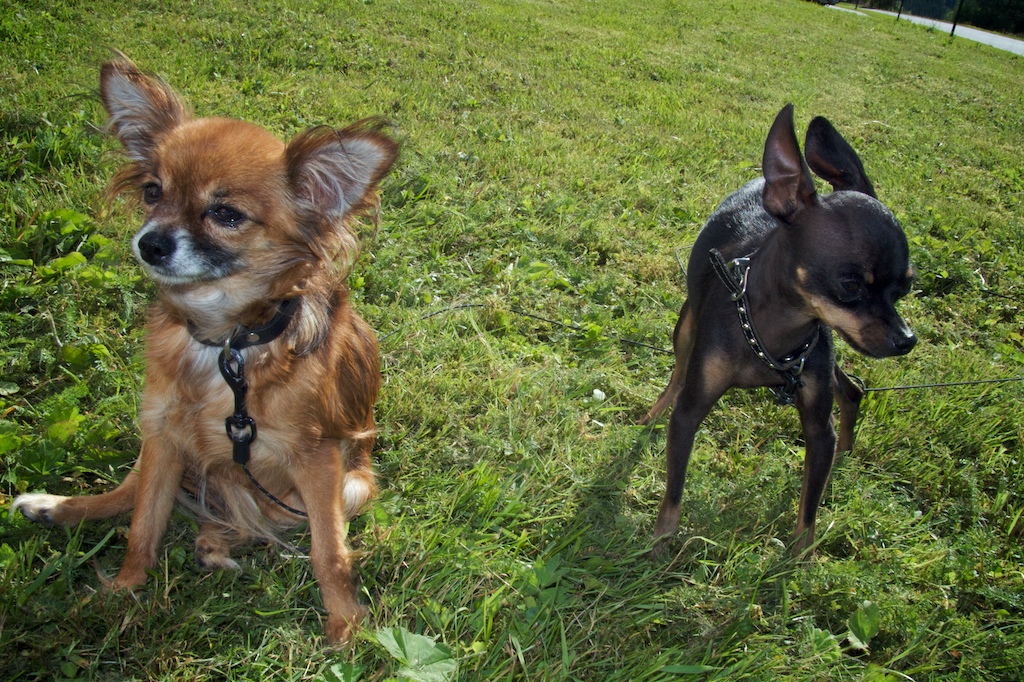
- Russian Toy: At first glance, you might mistake a Russian Toy for a Chihuahua. However, Russian Toys have triangular ears and a long, curved tail that sets them apart. The Russian nobility adored them (no surprise). They’re stubborn, though, so keep a firm tone during training.
Tempest in a Teapot
Examining teacup breed pictures on social media gives us warm fuzzy feelings. They’re impossible to resist! The questionable breeding practices should make us hesitate before bringing such an impossibly tiny dog home, though.
If you choose to welcome a teacup breed into your life, make an appointment with your vet ASAP. You want a clear picture of what might lie in store for you down the road.
There’s nothing wrong with cute. It’s only when it comes at a price that we need to stop and think.


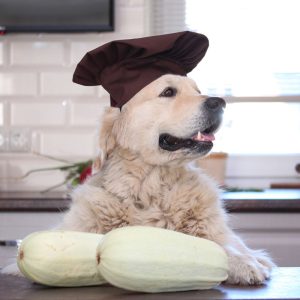
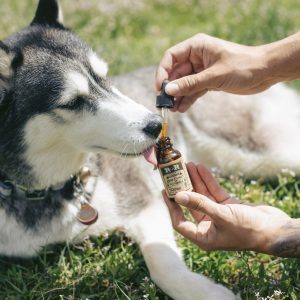
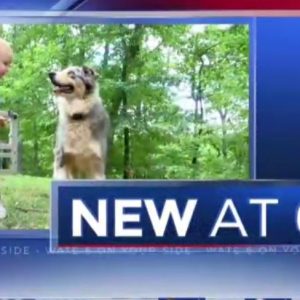
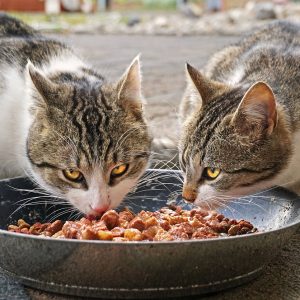
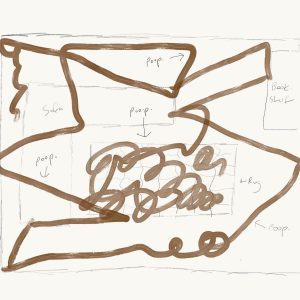
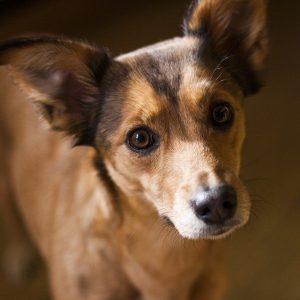
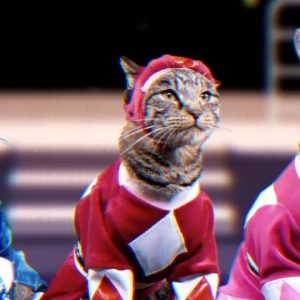
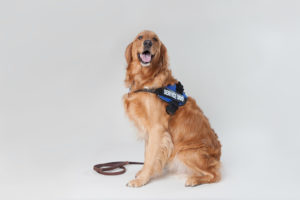
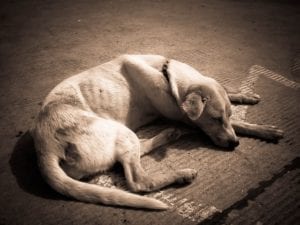

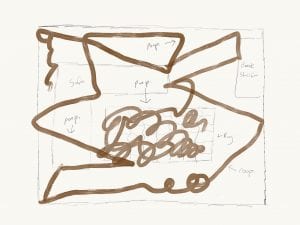
No comment yet, add your voice below!